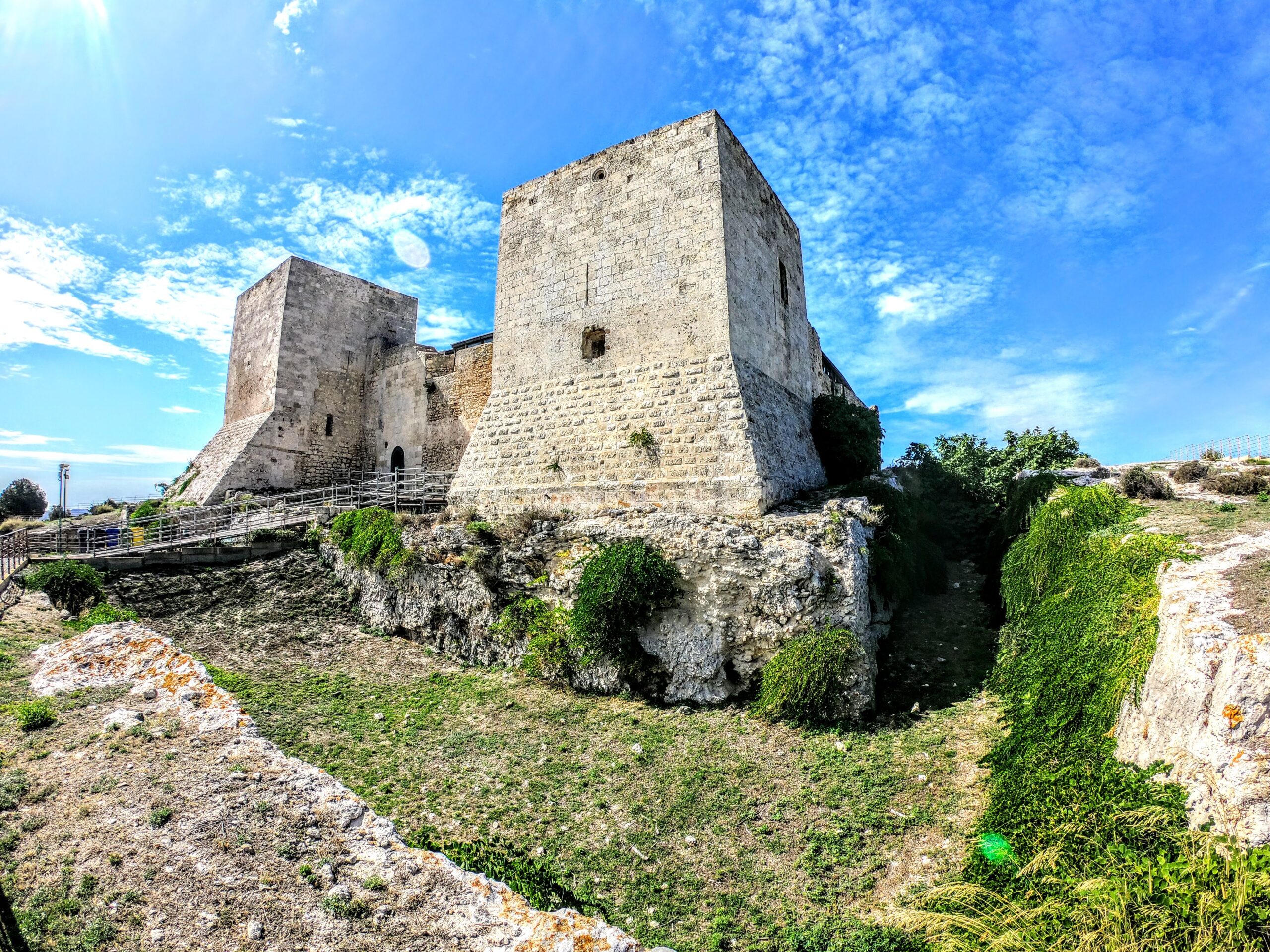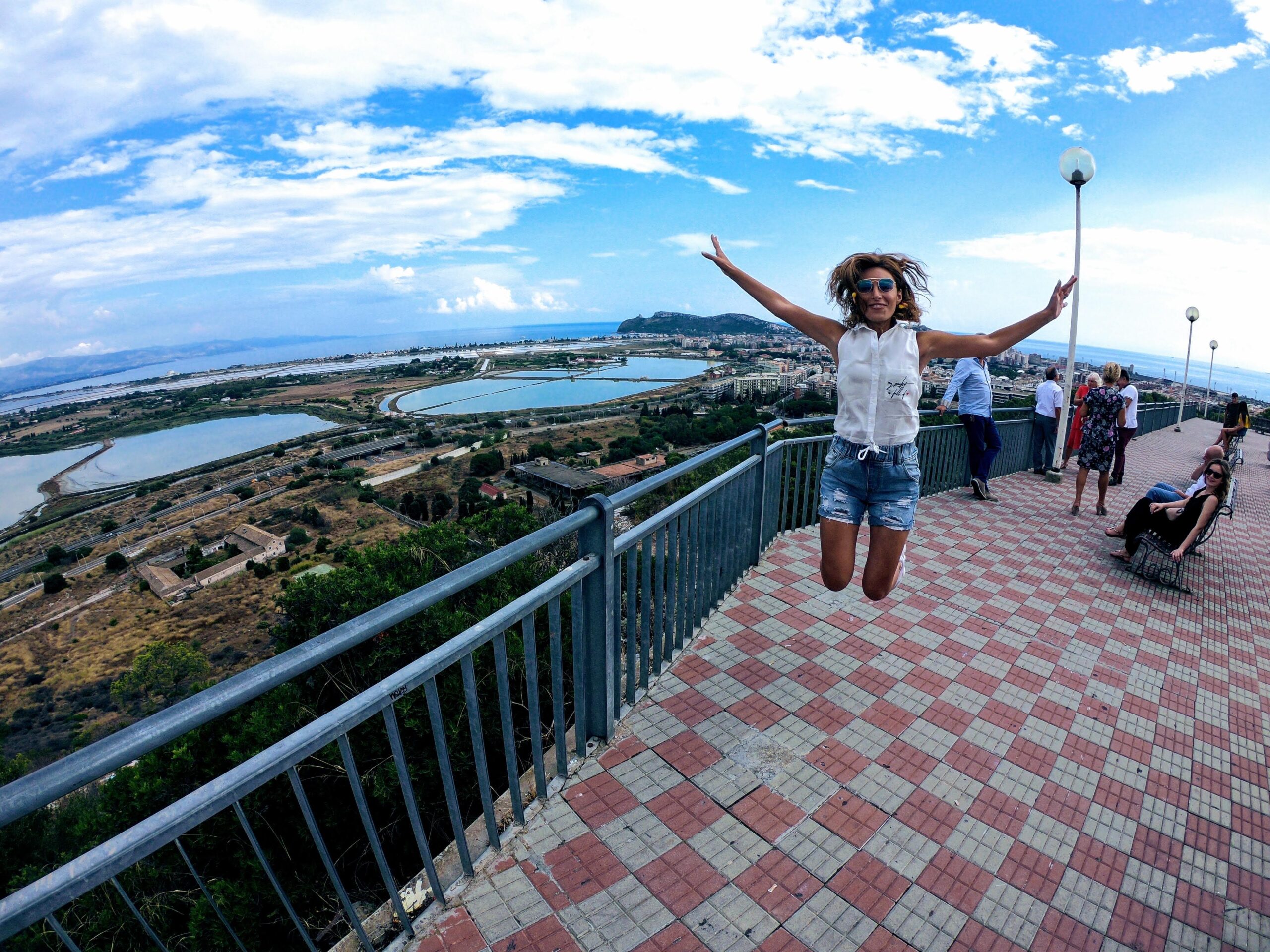Founded probably in early 8th century BC from the Phoenicians, the city of Cagliari has always been the gateway to Sardinia and all the people who came to the island established the center of its power here: from the Punic to the Romans, from the Vandals to the Byzantines, and then Pisans, Aragonese and Piedmontese.
It is the capital of the region and it developed around the Castello hill (one of the four historic districts, together with Marina, Villanova and Stampace).
In the Byzantine age, the urban center moved to a more internal position on the banks of the Santa Gilla pond and took the name of Santa Igia.
Only from the thirteenth century the urbanization of the area moved to where the city stands today resume, first of all on the hill known as the Castle and then in the other three districts located on its slopes.
In addition to the artistic riches that dot the four historic districts, Cagliari, rich in archaeological sites of considerable importance, hosts the largest Punic necropolis in the Mediterranean, after Carthage: the Tuvixeddu necropolis, repeatedly threatened by building expansion, seems today destined to be recovered and enhanced for collective use.

The most important evidence of Ancient Rome in Cagliari is the amphitheater (1st-2nd century AD), entirely excavated in the rock on the slopes of the Buoncammino hill, in the locality known as Palabanda. Adjacent to it there are the botanical garden, founded in 1865, which collects over 500 species of tropical plants and the most characteristic Mediterranean plants, and the Villa di Tigellio, an interesting complex of three urban domus of the imperial age. Along the viale Sant’Avendrace, the initial part of the main road artery of the island, which connects Cagliari to Porto Torres, there is the burial of the first century. A.D. known as Grotta della Vipera, from the animal with salvific values that appears on the pediment carved in the rock. During a visit to the city, you cannot forget to visit the famous eighteenth-century basilica of Bonaria, located in front of a scenic staircase, among the most famous images of the city.
Around Cagliari there is a network of ponds and marshes that host a rich fauna, allowing birdwatching every month of the year: among the most important there are the ponds of Santa Gilla and Molentargius, with the conspicuous colonies of flamingos. There are also several green spaces in the city such as the Monte Urpinu park, an ideal destination for families and sportsmen where you can admire ducks, peacocks and turtles splashing around in the ponds and at the top of which there is the Belvedere, the panoramic point. Noteworthy are also the public gardens, testimony of the nineteenth-century park, the park of music, surely more modern and the park of Monte Claro where during the summer cultural and artistic events are often held; they are highly appreciated by locals and tourists.



About beaches, the most popular is certainly the Poetto beach, which stretches for about 12 kilometers to the municipal area of Quartu Sant’Elena. Suitable for both families with children and water sports enthusiasts, the beach is equipped with many services and during the summer evenings the promenade becomes the nerve center of Cagliari’s nightlife. Do not miss a trek to the Devil’s Saddle, a promontory that separates the Poetto from the wonderful Calamosca beach, from whose top you have a breathtaking view of the territory of Marina Piccola.
Among the most characteristic festivals of the island there is the Festival of Sant’Efisio, which for more than 350 years, every 1st May color the streets of the city with the costumes, songs and dances of every town in Sardinia in a very heartfelt festival by the Cagliari’s inhabitants. During this festivity, the wooden statue of the saint in procession is accompanied to the church of Nora, where according to tradition the martyrdom would have occurred. Cagliari is also known for its cuisine, which welcomes suggestions and flavours from all the cultures with it came into contact. Among the fish dishes, two delicacies: the burrida, made with sweet and sour sea catfish, the fregula with clams, that is a typical semolina pasta with clams and the spaghittus cun arrizzonis, that is spaghetti with sea urchins; this last dish to be enjoyed slowly to taste every nuance of flavour and aroma.